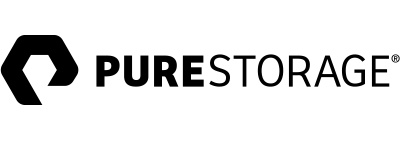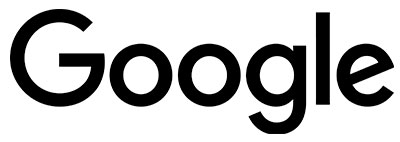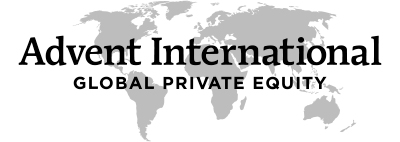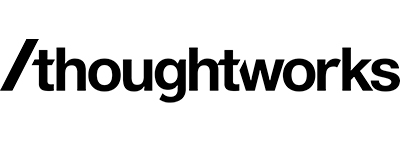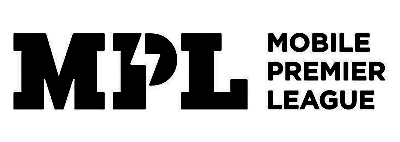See Through The Crisis – Temporall Techniques #3
Communication is key to crisis management
Despite the best analysis and planning, the chances are that no leader will enter a crisis having fully predicted the situation they’re about to experience. Change breeds and multiplies during times of disruption, which in turns increases the difficulty of decision making. At the same time as trying to react to evolving situations, you discover that your workforce’s capacity to function is variable during a crisis. That’s why gaining clarity is critical.
This clarity isn’t about a single moment in time however. Over the years we’ve supported leadership teams to refine their strategies, it has become painfully clear that decision making is limited in its speed and effectiveness when you suffer from incomplete information. We call this ‘partial insight’, and it exists in terms of the relevance, accuracy and timeliness of the information available to leaders.
In contrast, if you can surface critical insights into organisational performance you’re able to develop more effective strategies. And these will remain relevant and impactful over time. To this end, the Temporall teams has worked with academics, business leaders and data scientists to develop our platform. So now we’re going to distill some of the thinking that makes continuous insight possible, and share it with you in the hope that it can support your planning as we move through the pandemic.
There are three key stages:
Evaluate
In our first Temporall Techniques article, we examined how leaders can analyse their own decision making process. Having the openness to critique yourself, and be critiqued by others, was an essential part of this process. In a similar vein when you’re looking to understand what’s really happening under the bonnet of the business, you’ve got to be willing to challenge your existing thinking.
Sometimes the obvious things are the easiest to overlook. In crises particularly, the rush to get answers can lead to poor framing of your analysis. Tactical problems can distract you from a clear focus on the bigger issue you’re really trying to solve.
For example we’ve written about organisational resilience a lot recently. If your aim is to assess your resilience, it might be tempting to look at performance figures to which you already have access, and yet those might not actually reveal anything about your underlying resilience. Resilience is a specific quality with responsibilities for leaders, behaviours for individuals, and structures within the organisation as a whole. Collectively these determine the success of the resilience strategy as a whole.
It’s understandable that organisational resilience is the focus now, during the pandemic. However many leaders are moving their strategic focus towards the ‘new normal’, whatever that may be, and so we expect to see increased engagement with factors such as:
- Leadership effectiveness
- The impact of the business strategy
- Digital or transformation programmes
- How successfully innovation programmes are working
- Completeness of compliance
- How well efforts to improve culture have been embedded.
Engage
When the investment has been made into accessing these insights, your decision making can be far more agile. You can see and understand the trend, but act on it in real time. This changes the way that leaders can engage their team. It makes communications more relevant to the experiences of people on the frontline of the business, and ensures you can align their efforts with your strategy. As well as providing a more adaptable form of leadership, recognition of the success or failure of a strategy can also happen sooner.
This is why we see continuous decision making working like a conversation, where you’re participating in real time and can react accordingly. Organisations can no longer afford to run like a series of answerphone messages, with decisions reliant on data locked in the past.
During crises such as the pandemic, the need for continual awareness is acute. But this increased agility in leadership will also reap benefits as your the speed of business ramps back up.
If you want to discover more about your organisation’s resilience strategy, you can do so here.



